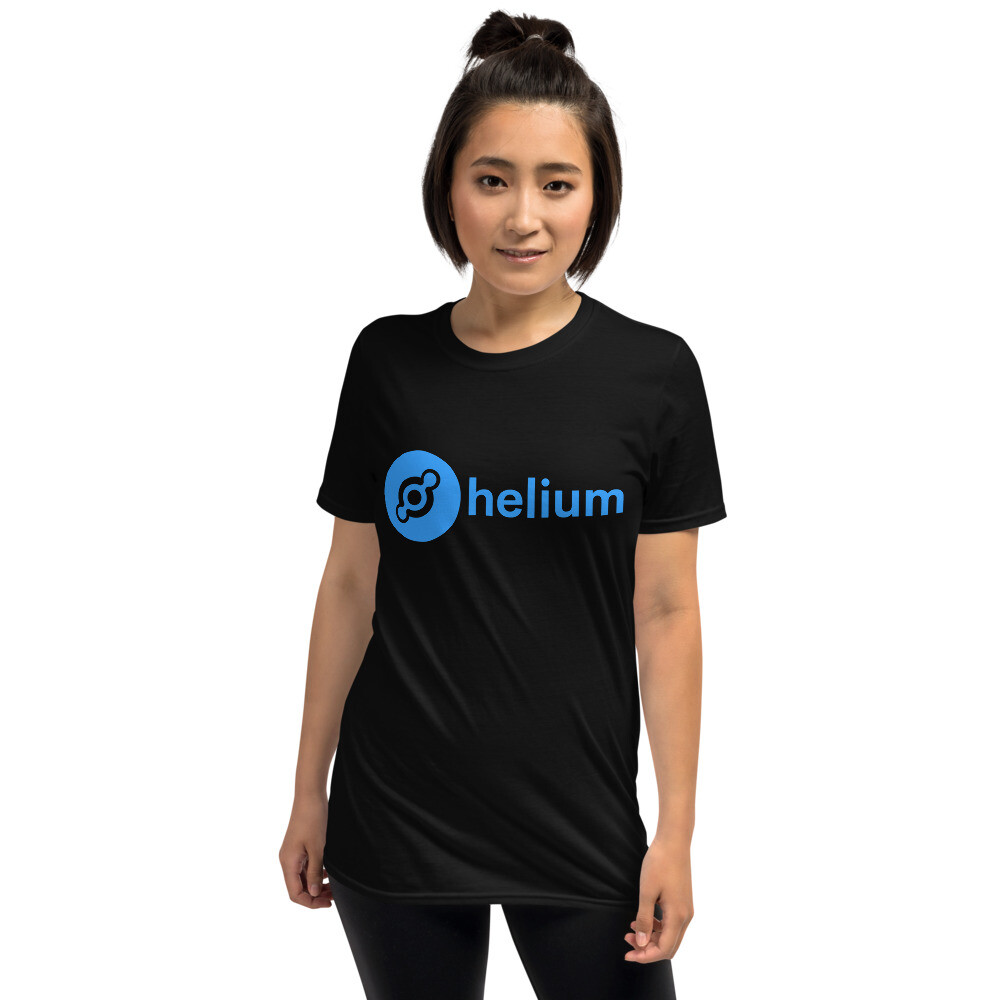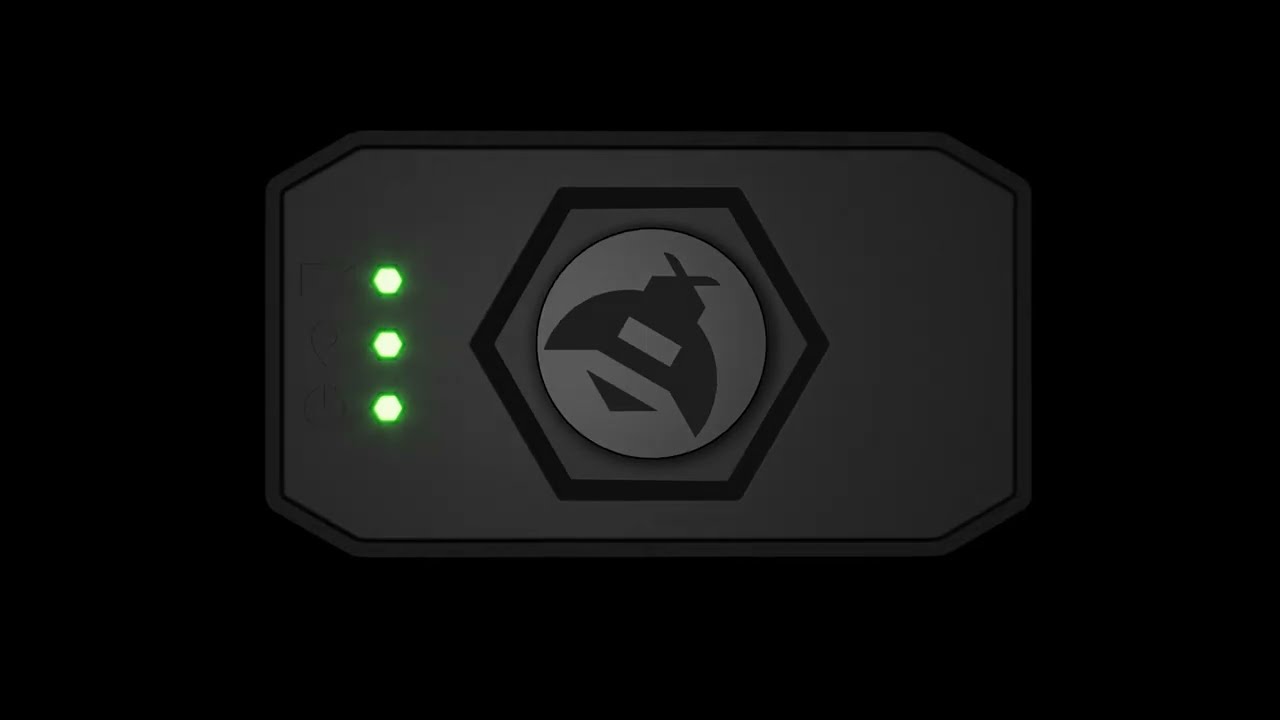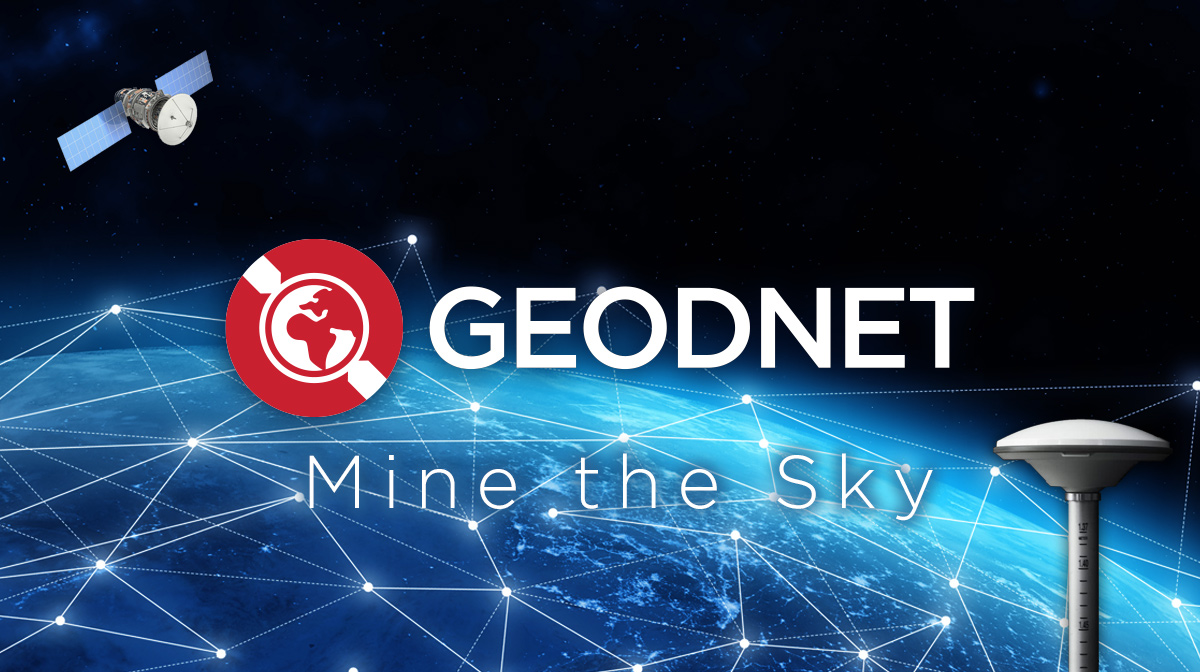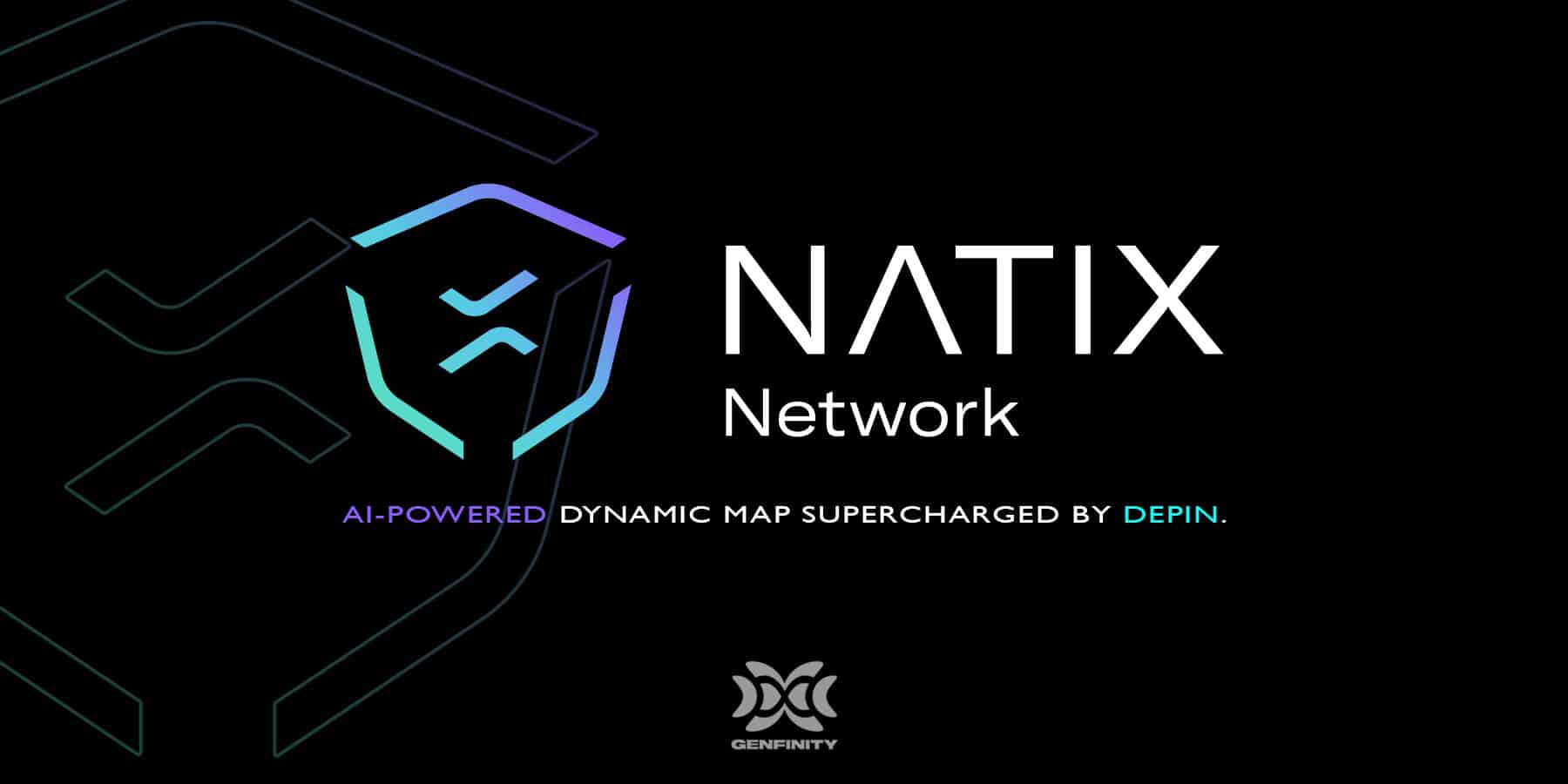
Solana’s DePIN sector is on a tear. In August, the ecosystem’s top decentralized physical infrastructure projects smashed previous records with a combined $1.6 million in revenue, according to multiple industry trackers. This milestone isn’t just a headline – it’s a signal that real-world adoption and utility are accelerating across the Solana blockchain, even as the broader crypto market faces volatility. With Binance-Peg SOL (SOL) trading at $206.71 as of October 1,2025, the appetite for decentralized infrastructure has never been clearer.
Solana DePIN Revenue Leaders: The Power Players Behind August’s Surge
The surge to $1.6 million in monthly revenue wasn’t driven by hype alone. Six standout projects – Helium Network, Hivemapper, Render Network, GEODNET, Uprock, and Natix Network – were the engines behind this historic growth. Each brings a unique approach to decentralized infrastructure:
Top 6 Solana DePIN Projects Powering Record Growth
-

Helium Network: Decentralized wireless network delivering affordable mobile and IoT connectivity, now boasting over 350,000 subscribers and strong nationwide coverage.
-

Hivemapper: Global, decentralized mapping platform where drivers earn crypto for contributing real-world street-level imagery.
-

Render Network: Leading decentralized GPU compute marketplace powering AI, 3D rendering, and complex workloads on Solana.
-

GEODNET: Blockchain-based geospatial data network providing precise, real-time location services via a global network of sensors.
-

Uprock: Decentralized infrastructure platform enabling users to monetize unused bandwidth and storage resources.
-

Natix Network: AI-powered sensor network leveraging dashcams and smartphones to map real-time urban mobility and road data.
Helium Network continues to dominate with its decentralized wireless coverage and competitive $20/month unlimited data plan, notching nearly $400,000 in July revenue and consistently accounting for roughly 60% of all sector fees. Its subscriber base has soared past 350,000 users thanks to aggressive expansion and key partnerships like its nationwide roaming agreement with AT and T.
Hivemapper, despite recent revenue headwinds (falling from $195,000 in December 2024 to just $6,000 by March 2025), remains a leader in decentralized mapping. The project’s contributor base grew by over 36%, fueled by new hardware launches and community enthusiasm for map data rewards.
Render Network, specializing in decentralized GPU compute power for AI and graphics workloads, saw revenues peak at $746,000 last December before retracing sharply amid shifting demand cycles. Render is now pivoting toward AI compute markets to capture more stable recurring revenue streams.
GEODNET, Uprock and Natix: Expanding Solana’s Real-World Footprint
GEODNET is quietly building the backbone for global geospatial data sharing using blockchain incentives. Its network of low-cost sensors provides real-time Earth observation data that powers everything from precision agriculture to weather forecasting – an often-overlooked but critical piece of the DePIN puzzle.
Uprock, meanwhile, is gamifying urban sensor deployment with tokenized rewards for users who contribute environmental data from their smartphones or IoT devices. The project is helping cities crowdsource air quality metrics and noise pollution stats without relying on centralized agencies.
Natix Network, another rising star in this cohort, leverages AI-powered camera networks for real-time traffic monitoring and mobility insights – all while rewarding contributors directly on-chain. By turning vehicles into mobile sensor hubs through dashcam integration, Natix is creating new monetization pathways for everyday drivers.
$1.6M Revenue Milestone: What Sets Solana Apart?
The collective performance of these six projects underscores why Solana remains the go-to blockchain for DePIN innovation. Its high throughput and low fees make it possible to support millions of microtransactions from devices around the world – whether they’re relaying wireless data (Helium), uploading street-level imagery (Hivemapper), or crunching AI workloads (Render).
The numbers don’t lie: In April 2025 alone, Solana-based DePIN projects generated $458,000 in monthly revenue – up 33% year-over-year – pointing to sustained growth beyond seasonal spikes.
Solana (SOL) Price Prediction Table 2026-2031
Forecast considers DePIN ecosystem revenue growth, market cycles, tech adoption, and evolving regulatory landscape. All prices in USD.
| Year | Minimum Price (Bearish) | Average Price (Base Case) | Maximum Price (Bullish) | Year-over-Year % Change (Avg) | Key Market Scenario |
|---|---|---|---|---|---|
| 2026 | $140.00 | $220.00 | $310.00 | +6% | DePIN adoption grows, but macro uncertainty persists |
| 2027 | $170.00 | $265.00 | $390.00 | +20% | Regulatory clarity, steady DePIN expansion |
| 2028 | $210.00 | $320.00 | $480.00 | +21% | AI/compute use cases drive utility, bullish market |
| 2029 | $250.00 | $380.00 | $570.00 | +19% | Mainstream DePIN adoption, strong tech upgrades |
| 2030 | $290.00 | $435.00 | $660.00 | +14% | Global infrastructure partnerships, stable growth |
| 2031 | $330.00 | $490.00 | $750.00 | +13% | Solana cements DePIN leadership, mature ecosystem |
Price Prediction Summary
Solana’s (SOL) price outlook for 2026-2031 is optimistic, driven by the rapid growth and real-world adoption of DePIN projects like Helium, Hivemapper, and Render. With rising on-chain revenues and expanding use cases, SOL is positioned to benefit from both infrastructure demand and broader crypto market cycles. The forecast reflects potential volatility, but expects steady average price appreciation as DePIN matures.
Key Factors Affecting Solana Price
- Sustained revenue growth and adoption of DePIN projects (Helium, Hivemapper, Render Network)
- Solana’s technical scalability and developer ecosystem
- Macro crypto market cycles and investor sentiment
- Regulatory developments impacting DePIN and crypto
- Competition from other smart contract platforms and DePIN protocols
- Expansion into AI, GPU, and IoT markets
- Strategic partnerships (e.g., Helium x AT&T) and global infrastructure deals
Disclaimer: Cryptocurrency price predictions are speculative and based on current market analysis.
Actual prices may vary significantly due to market volatility, regulatory changes, and other factors.
Always do your own research before making investment decisions.
This record-setting run isn’t just about individual winners; it reflects an ecosystem-wide shift toward real-world value capture on-chain. As we dive deeper into each project’s growth story and what lies ahead for Solana DePINs in Q4 2025 and beyond. . .
the momentum is impossible to ignore. The $1.6 million milestone is proof that decentralized infrastructure isn’t a theoretical concept, it’s already delivering tangible economic value, even as token prices remain volatile and mainstream adoption is just beginning.
Beyond the Hype: How Each Project Fuels Sustainable Revenue
What separates Solana’s DePIN leaders from the rest of the crypto pack? It’s not just scale, but real-world demand and sustainable business models:
- Helium Network: By offering affordable, decentralized wireless data, Helium not only brings in consistent fee revenue but also incentivizes network expansion through its rewarding structure for node operators.
- Hivemapper: Despite cyclical dips, Hivemapper’s contributor growth demonstrates that hardware innovation, and a committed community, can insulate projects from short-term market pain.
- Render Network: Render’s pivot toward AI and high-demand compute workloads shows how DePINs can adapt quickly to industry trends, leveraging Solana’s speed for rapid scaling.
- GEODNET: With its global sensor grid, GEODNET unlocks new use cases for decentralized geospatial data, essential for everything from autonomous vehicles to climate science.
- Uprock: By gamifying participation and focusing on urban data, Uprock proves that user engagement can be both fun and profitable within DePIN frameworks.
- Natix Network: Natix’s dashcam-powered mobility analytics create a direct feedback loop between real-world activity and on-chain rewards, turning everyday drivers into infrastructure providers.

This diversity of approaches is exactly why Solana DePIN revenue keeps climbing. The sector isn’t reliant on a single use case or hype cycle; instead, it draws strength from multiple verticals, wireless, mapping, compute, geospatial sensing, and urban analytics, all secured by Solana’s robust blockchain infrastructure.
What to Watch: Q4 Trends and Investment Signals
The next quarter will be pivotal as these projects compete for enterprise partnerships and developer mindshare. Keep an eye on:
- User growth rates: Especially for Helium Mobile and Natix as they expand their subscriber bases with new integrations.
- Ecosystem rewards policies: Adjustments here can rapidly shift contributor incentives (see Hivemapper’s hardware-driven spike).
- Diversification of revenue streams: Projects like Render are already moving beyond core offerings into adjacent markets such as AI compute.
The broader implication? As more physical infrastructure migrates on-chain, and as SOL holds at $206.71, Solana cements itself as the blockchain backbone for next-gen IoT and edge computing. Investors should track not just token prices but underlying network activity; after all, real adoption is what ultimately drives sustainable upside in this sector.






